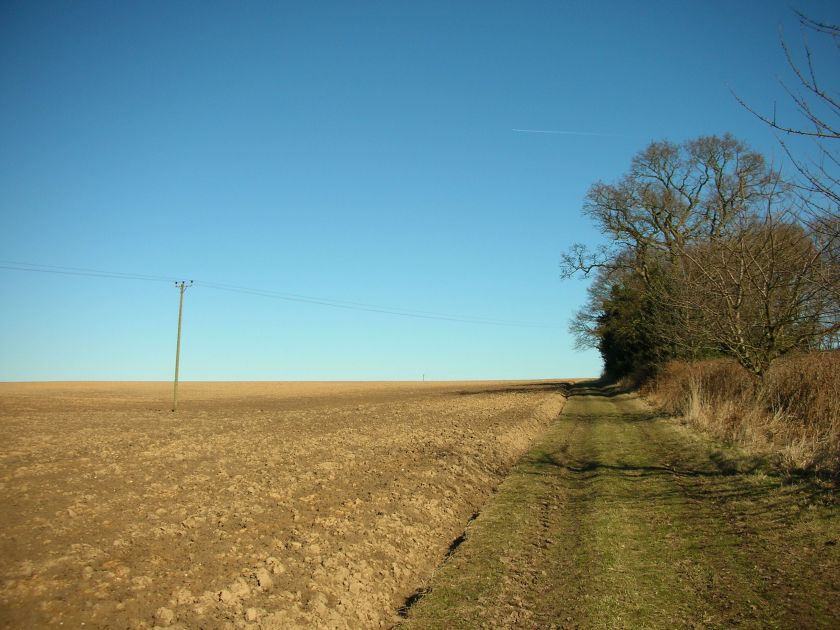We are excited to be able to post about a new landscape history project that we will be running over the course of the year.
Pathways to History aims to investigate the history of public rights of way in Norfolk. The antiquity of the footpath network has never been fully researched and we are interested in a number of questions:
• How old are footpaths and green lanes in Norfolk?
• How has the number of public rights of way changed in the past?
• Do footpaths and green lanes have a distinct archaeological character?
• What were footpaths and green lanes used for in the past?
• Are there any local names or traditions associated with them?
• How do footpaths and green lanes relate to the wider landscape?
We are looking for volunteers from across the county to take part in the project – to help us carry out surveys of footpaths and green lanes and to carry out archival research into their history. We will be able to provide help, advice and training on fieldwork and research to both individuals and community groups.
We hope that surveying the physical character of footpaths and green lanes will help us to understand more about their history and development. Very old lanes and paths are often characterised as being deeply sunken or eroded, with species rich hedges and distinctive flora like bluebells, primroses and dogs mercury. On the other hand, unbounded footpaths are not always so clearly physically defined. How does this relate to the history and development of green lanes and footpaths? We are also interested in trying to trace the changing number of footpaths and lanes in Norfolk – many parishes were affected by processes like Parliamentary enclosure, so what impact did this have on the footpath network?
We will be running a series of introductory training sessions towards the end of May, and can also run training sessions with community groups who are interested in taking part.
More details are on the project website – http://www.uea.ac.uk/history/pathways
If you are interested in getting involved then please contact Dr Sarah Spooner by email or telephone – s.spooner@uea.ac.uk
01603 592663












